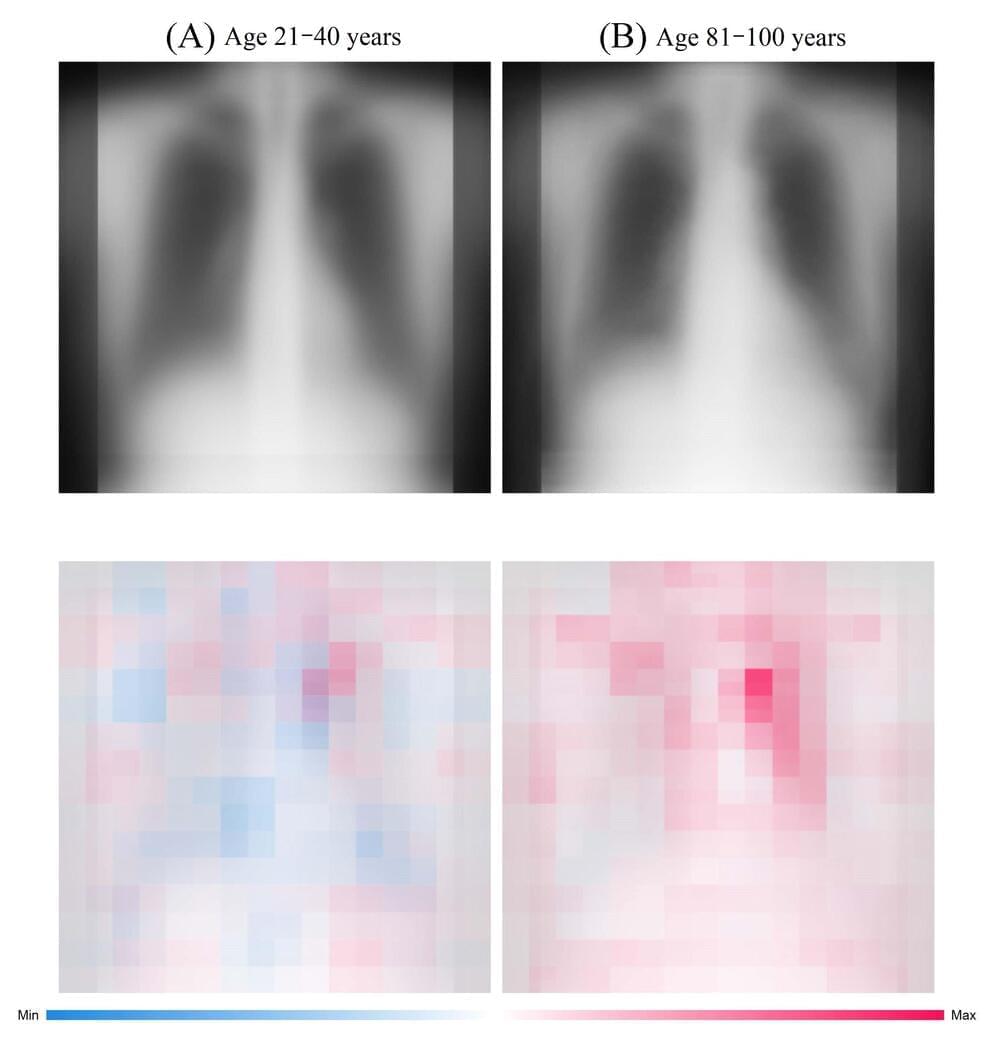Aug 17, 2023
Meet Pibot: Korea’s LLM-powered smart robotic pilot
Posted by Gemechu Taye in categories: robotics/AI, transportation
Called “Pibot,” this humanoid robot integrates large language models to help it fly any aircraft as well as, if not better than, a human pilot.
Researchers at the Korea Advanced Institute of Science & Technology (KAIST) are working to develop a humanoid pilot that can fly an aircraft without modifying the cockpit. Called “Pibot,” the robot has articulated arms and fingers that can interact with flight controls with great precision and dexterity. It also comes with camera “eyes” that help the robot monitor the internal and external conditions of the aircraft while in control.
Continue reading “Meet Pibot: Korea’s LLM-powered smart robotic pilot” »

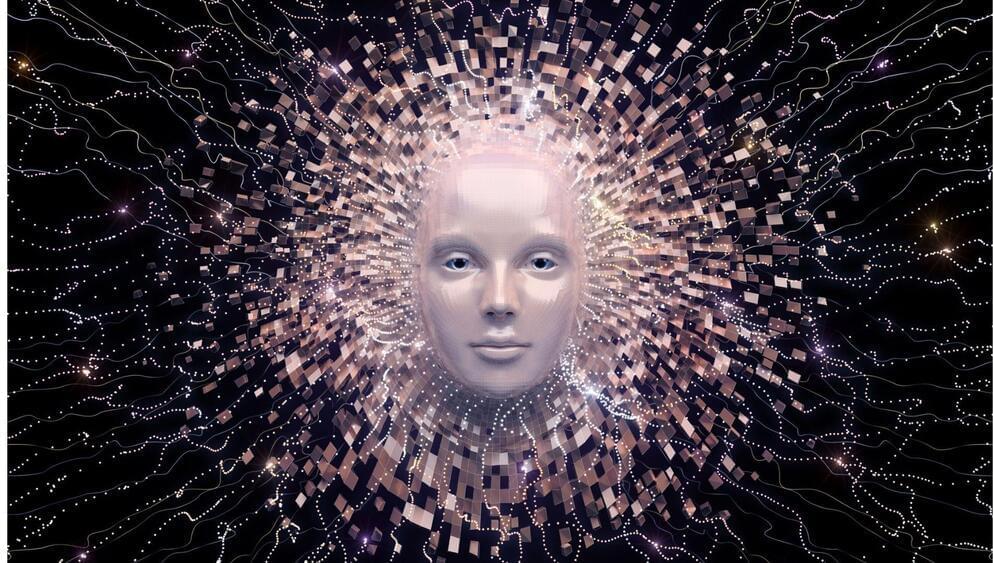


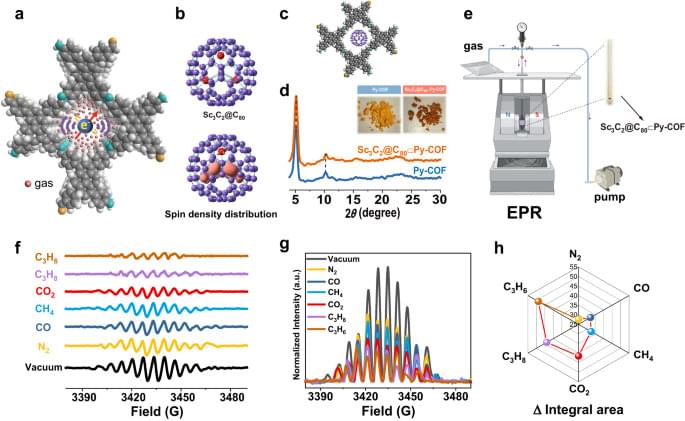
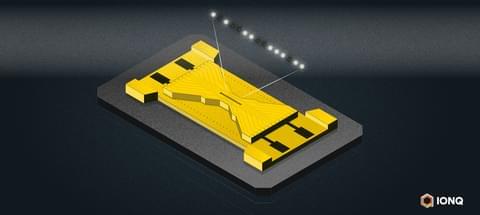
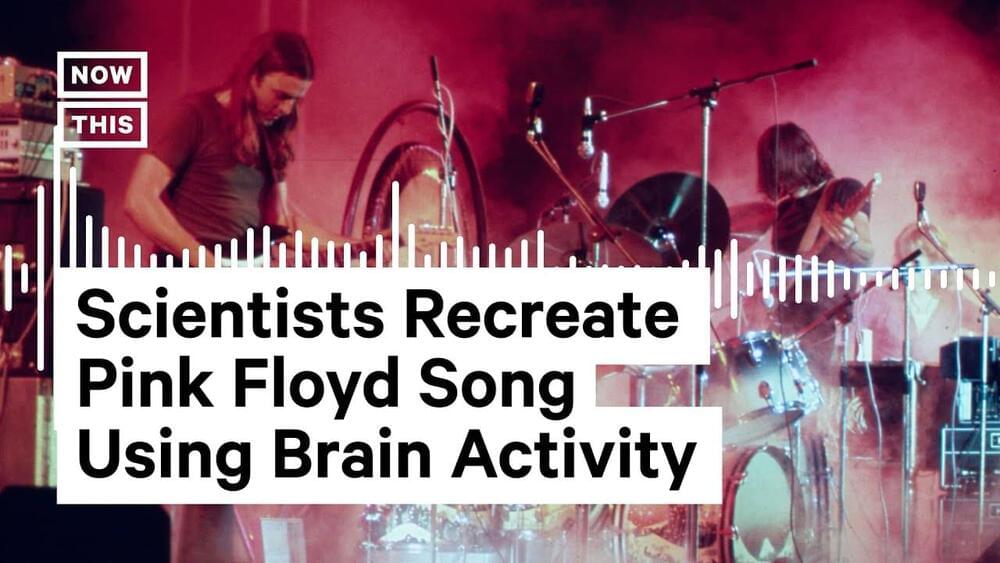


 עברית (Hebrew)
עברית (Hebrew)